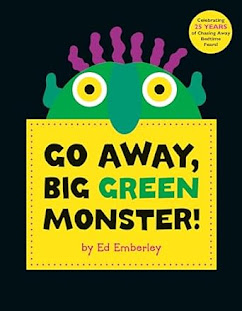• Starting with a two-word (spoken) sentence (e.g., She jumps.), explain that this sentence has two parts (i.e., two words).
• Count the words in oral sentences- starting with short sentences (2/3 words) to longer sentences (5 words). Try not to use very long sentences for young students. Use objects (like blocks, bingo chips, cheerios) to represent each word.
• Use only one-syllable words at first and then progress to multi-syllable words.
• Explain that each word has a meaning, even the function words like ‘a’, ‘the’, ‘in’, ‘of’, ‘on’, ‘for’, etc.
• Clap once for each word as you and your child sing a favourite song or recite a nursery rhyme. If your child claps more than once for a word or fails to clap for a word, repeat the line together so that he/she can follow your lead.
Robertson, C., Salter, W. (1998) Take Home Phonological Awareness. LinguiSystems, Inc., p. 32 (out of print)
Here is an app you might want to try!









0 comments:
Post a Comment